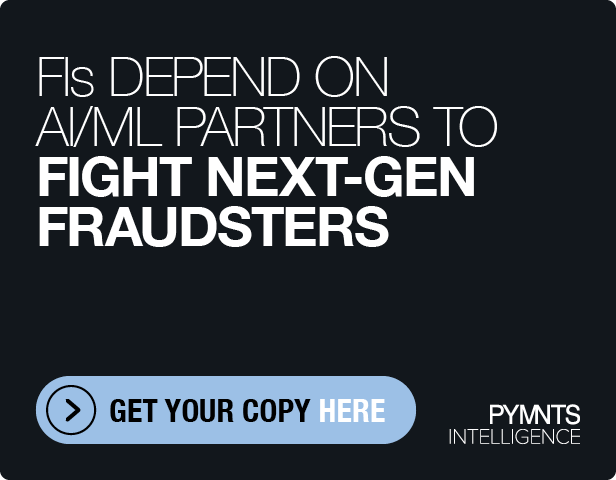Ingo And The ‘Kill The Check’ Push (Payment)
Push payments are on the rise. The check may be at the end. Maybe. With a little assist, perhaps from the first installment of #killthecheck and a multi-part discussion between PYMNTS’ Karen Webster and Ingo Money CEO Drew Edwards.
Pull. Push. Pay. Might push payments be on the cusp of pushing into the mainstream?
In the first installment of the Ingo Money “Kill the Check” series, the company’s CEO, Drew Edwards, told PYMNTS’ Karen Webster that the age of getting paid on demand — with choices in where you want it and when you want it — may be dawning.
Webster recounted that during a recent stint in jury duty, she’d sat next to a woman who’d been reconciling her checkbook. Despite the adherents to paper-based processes, she noted, there are a lot of people who’d like to be more efficient in making payments, and getting paid.
Push payments may fit the bill, as she and Edwards agreed.
In delving into the mechanics and mechanisms behind push payments, Edwards said that “a push payment is simply a debit transaction in reverse and is already completely familiar to consumers — no need to memorize account numbers or open a new account.”
Accounts like those tied to Amazon and PayPal “pull money from our accounts. Push payments is simply using those exact same rails and mechanism[s] to reverse that flow and push that money into an account much more efficiently than writing a check … it’s irreversible and you don’t have to reconcile anything.”
Edwards said that Ingo Money started doing push payments in 2013 when his firm partnered up with Visa Direct. They used digitized images of a consumer’s check to “push [funds] to whatever account they want.” This was the beginning of a digitally focused check cashing account network.
“These fast funds that everyone is talking about are already here,” he explained.
“The rails already exist, and everybody already has the key in their pockets … all we have to do is empower the rest of the market that is writing checks to do it in a digital way.”
The sell for the company that still writes paper checks comes on the cost side, Edwards told Webster. “It is expensive to produce checks, deal with checks and reconcile checks — then some people claim they never even received the check.” Edwards also pointed out the risk and cost of stolen checks.
Further, Edwards noted that consumer demand for the speed and simplicity of push payments could soon make the technology a corporate requirement. Firms are telling their customers, “tell us where you want [the money], and we will put it there right now and we will not ever take it back.”
Despite the aforementioned advantages, some stickiness and hurdles to adoption remain, said Edwards. Banks, for example, make a lot of money on overdraft fees. However, he pointed out the firm’s ability to offer a “push payments in a box” solution preloaded with APIs to help streamline the adoption effort for bigger companies with higher check volume, especially those working batch payments. The technology is flexible enough to add push payments to any end account, including PayPal, Amazon, debit or prepaid cards, bank accounts or even cash-out activity.
“If you think about the consumers that are growing up today who were born in an online world,” said Edwards, “it is all about real time, instant … and there are many other business models out there where it is just a better product for them to deliver funds [through push payments].”
And where checks may be sticky due to their ubiquitous nature, said Edwards, push payments offer the same reach and utility but with even greater speed, savings and convenience because of their digital nature.
